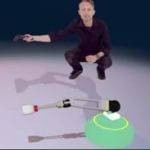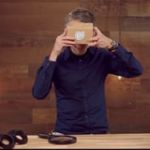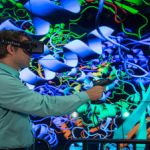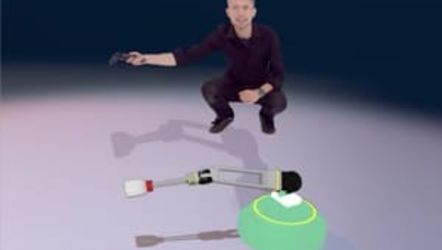
VR Scenes and Objects
Summary
In this course, you’ll learn the the fundamentals of using the Unity Game Engine to build beautiful and performant VR scenes. Starting from basic game objects, you will learn about transforms and materials, so that you can position objects and make them look realistic. Next, you will experiment with animations and cameras in order to make our scenes more engaging in VR. And finally, you will add some complex lighting to your scene to really make your experience really stand out.
Expected Learning
You want to make beautiful VR experiences that perform well and impress your users. This course teaches how to use models, materials, textures, cameras, animation and lights to make attractive VR environments..
You’ll design and build a modern apartment and learn VR best-practices along the way. VR development requires a firm knowledge of 3D models and rendering. This course provides the essential 3D pipeline knowledge needed to produce high quality VR applications.
Syllabus
Game Objects
- Create game objects in Unity that represent primitives and meshes
- Establish parent and child relationships between game objects
Materials
- Learn how to assign a material to objects
- Learn how to assign textures to a material
- Be able to identify the purpose of shaders and how to use them
- Be able to identify the basic inputs to Unity’s Physically-Based Rendering system and use them
Animation
- Learn how to keyframe an animation
- Learn how to adjust the speed of an animation with curves and the timeline
- Learn how to differentiate an animation clip from an animation controllerLearn how to use a script to trigger an animation
Cameras
- Be able to inspect the camera component and its properties
- Create a simple VR camera and understand how stereo rendering is implemented
- Learn how to implement Google’s VR Camera and understand the advantages of Google’s SDK compared to simple VR camera
Lights
- Learn how to add a light game object to a scene and understand the difference between different types of lights
- Be able to correctly choose between real-time and baked lighting for scene
- Learn how to implement baked lighting and optimize light maps for mobile VR
- Learn how to adjust Unity’s Player & Quality settings to reach peak performance on mobile VR
Required Knowledge
No programming experience is required. We will teach and use the Unity platform to edit a VR app, so you should have access to a computer running Mac OS X (10.8+) or Windows (7, 8, or 10). Advanced computer skills are helpful, but not required.
Finally, the most important prerequisite is a willingness to learn new things, and belief that you can do this!
Free
Beginner
2 weeks
Matt Sonic
Google VR
Coursearena


